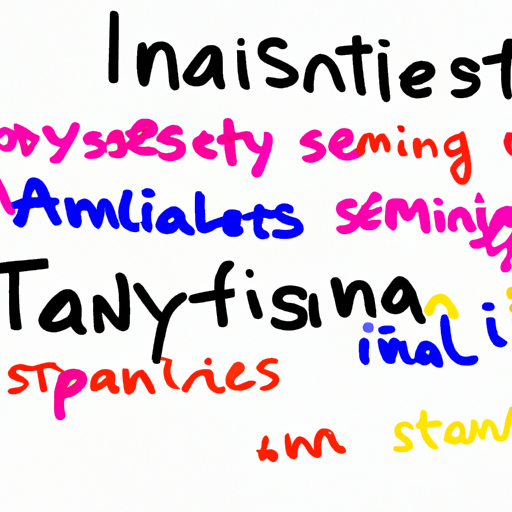In our data-driven world, the ability to interpret human sentiment from text has become increasingly valuable. Sentiment Analysis is a branch of Natural Language Processing (NLP) that focuses on extracting, identifying, and classifying subjective information from textual data.
What is Sentiment Analysis?
At its core, sentiment analysis involves assessing opinions in text for positive, negative, or neutral sentiment. This technique is widely used in various industries, such as marketing, customer service, and social media, to understand consumer behavior and improve decision-making.
Techniques Used in Sentiment Analysis
The field of sentiment analysis employs several techniques, including:
- Lexicon-Based Approaches: This method uses predefined lists of words labeled with sentiment scores to analyze text. The overall sentiment is determined based on the sentiment scores of words and phrases in the text.
- Machine Learning Approaches: These models, such as Support Vector Machines (SVM), Decision Trees, and Neural Networks, are trained on labeled datasets to classify sentiment. This method can yield high accuracy and adaptability to different domains.
- Deep Learning Techniques: More advanced methods involve using deep learning algorithms like LSTMs (Long Short-Term Memory units) and BERT (Bidirectional Encoder Representations from Transformers) that can understand context and nuances in language, resulting in superior understanding and classification of sentiments.
Applications of Sentiment Analysis
Sentiment analysis has a myriad of applications across different sectors:
- Marketing: Brands utilize sentiment analysis to gauge public opinions about their products or services, allowing them to tailor their strategies effectively.
- Customer Service: Businesses use sentiment analysis to monitor customer feedback, helping them address issues promptly and improve customer satisfaction.
- Social Media Monitoring: Companies track sentiments around their brand or trending topics, facilitating timely engagement and crisis management.
- Financial Markets: Analysts assess public sentiment about companies to predict market trends and stock performances, making sentiment analysis a useful tool in trading strategies.
Challenges in Sentiment Analysis
Despite its advantages, sentiment analysis faces several challenges:
- Contextual Understanding: Sarcasm, irony, and cultural nuances can significantly alter the sentiment of a statement, posing challenges for accurate interpretation.
- Ambiguity in Language: Words can have multiple meanings based on context, making it tough for algorithms to analyze sentiment accurately.
- Diversity of Sources: Different platforms yield diverse linguistic styles. Ensuring consistent performance across varied textual sources remains a challenge.
Conclusion
In conclusion, sentiment analysis is a powerful tool that unlocks the potential of text data by revealing insights into public opinion and sentiment trends. As technology advances, the accuracy and efficiency of sentiment analysis continue to improve, making it an indispensable asset in modern data analysis and business strategy.
Explore More
If you’re interested in implementing sentiment analysis in your projects, consider exploring available libraries such as NLTK, scikit-learn, or TensorFlow to get started.
For more insights on AI and data science, stay tuned to our blog!




